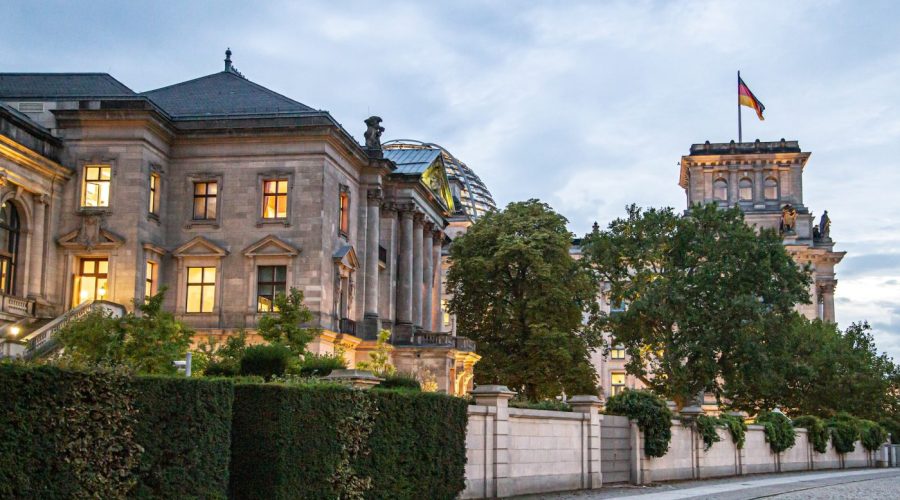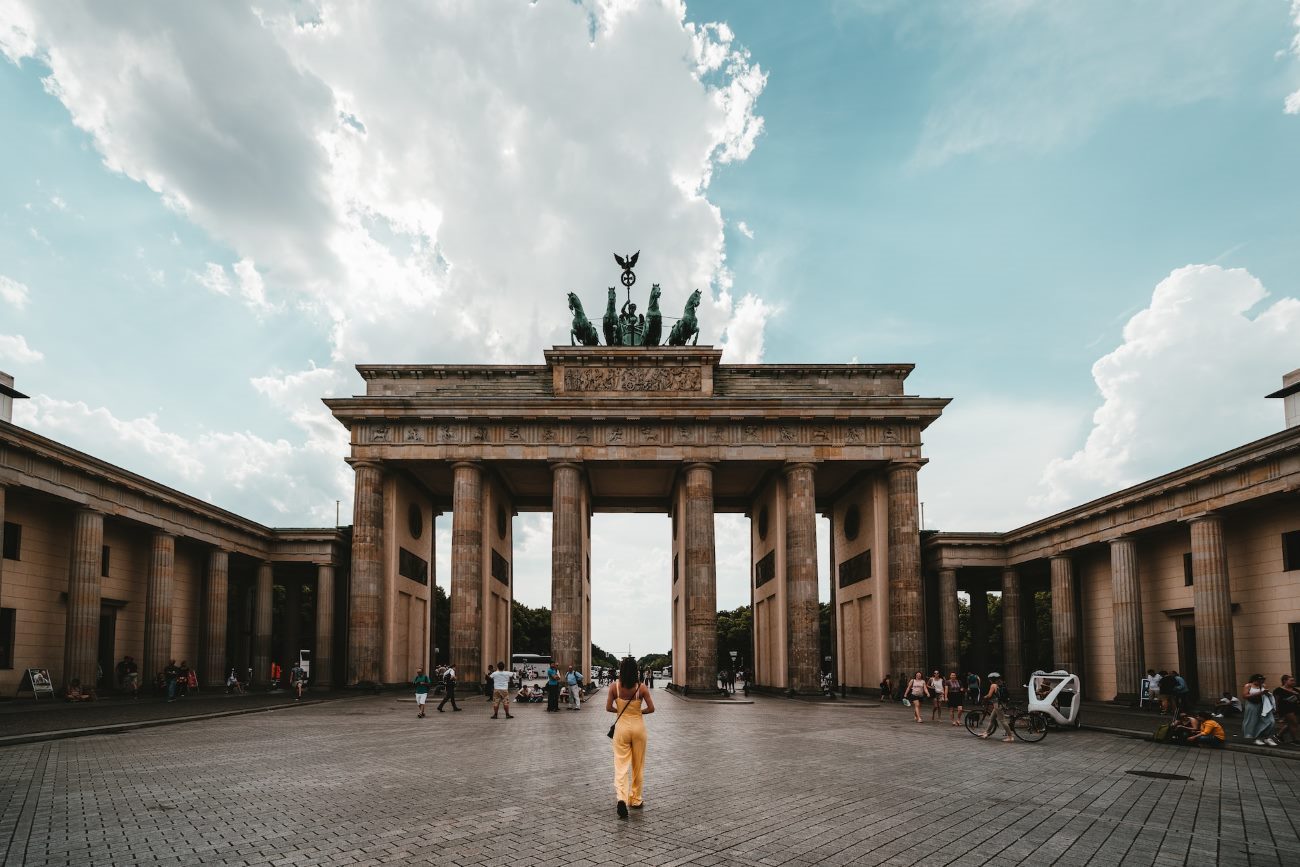Why is the Concentration Camp Memorial in Berlin an Important Historical Site?
Discussion about the Berlin concentration camp memorial requires examining its vital historical importance as well as its role as a core historical location. The memorial stands at the Sachsenhausen concentration camp site to keep alive the memory of all the atrocities which occurred in World War II. подальi się od zaświatów tej ważnej lokalizji żeby dokładniej spojrzeć w jej znaczeniu.
The Historical Background
An examination of the memorial requires an understanding of its background because it existed within its historical time period. The SS created Sachsenhausen concentration camp during 1936 and its operations continued until World War II ended. Under the Nazi regime the place served as detention for political prisoners and Jews as well as people the Nazi party persecuted.
1. The memory preservation mission of the site combines with education strategies to help future generations learn from the past.
The historical site functions as an essential element to protect Holocaust survivors’ stories with the purpose of teaching modern generations about Nazi enslavement crimes. The complex educates guests about monumental loss and suffering through its exhibitions and educational activities as well as guided tours.
2. Commemoration and Remembrance
Visitors can use this site to honor the victims and remember their suffering. The space provides an environment for contemplation that enables people to show their tributes to those who confronted monstrous suffering. The numerous memorials along with sculptures and plaques at the site visualize all those who perished thus keeping alive the memory of their lives.
Features and Exhibitions
Several exhibitions and features located at the concentration camp memorial enable visitors to explore historical information about victim experiences. Here are some notable aspects:
1. Documentation Center
The Documentation Center performs the initial function of welcoming visitors by presenting historical records and photographic archives and survivor testimonies. The facility reveals critical information about prisoner life together with the administrative structure as well as extreme mistreatment suffered by the inmates.
2. Original Camp Structures
During their visit to the memorial people can see authentic camp buildings which have been carefully maintained. The original structures present at the camp include guard towers alongside barracks and the infirmary and punishment cells. Traveling through the historical path provides devotees both observance and practical knowledge about how the camp institution operated and functioned.
3. International Memorial
The International Memorial consists of stones which originate from different nations to represent the widespread miseries suffered by prisoners. A group display of stone tablets at the site underscores both the massive scope of the Holocaust and its need to be remembered by the nations of the world.
Visiting Tips
The following information will be useful when you visit the concentration camp memorial.
- The site includes a large surface area so you must bring shoes that allow easy movement.
- The emotional intensity of the experience calls for readiness as well as opportunities for rest during the visit.
- Taking part in scheduled tour services helps visitors understand the historical aspects of the camp better.
- Show proper respect to maintain the solemn atmosphere of the site.
- The visitor center provides numerous resources and additional information which you should take advantage of.
Conclusion
The Berlin memorial site has become an essential place for remembering the millions of lost lives during the Holocaust. Through its efforts to direct proper remembrance and education the memorial works to sustain public memory of past brutalities. This memorial serves as a constant reminder of the importance of empathy, tolerance, and the pursuit of a better future.
Table of Contents



